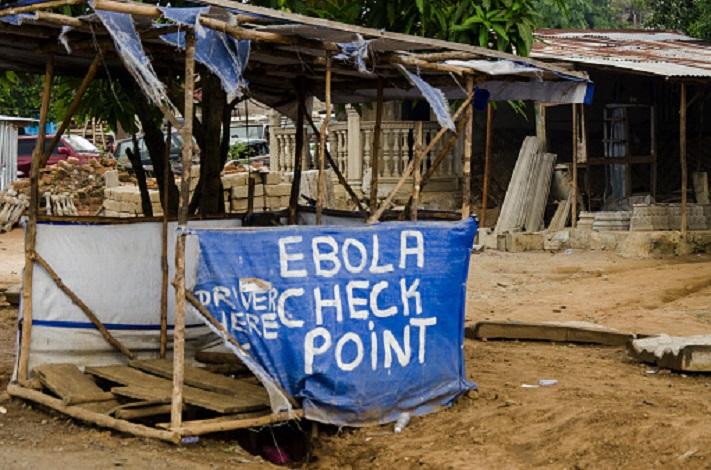The origin of the new Ebola epidemic in the Democratic Republic of the Congo that reappeared in early February is the same as the epidemics that affected the region last year, WHO said.
The strain of Ebola, which is at the origin of the resurgence of Ebola virus infections in North Kivu province, in the Democratic Republic of Congo (DRC), is identical to the one which plagued this eastern region last year informs the World Health Organization (WHO).
“We got results. Indeed, there is a link between the current epidemic and previous epidemics identified in North Kivu in the DRC,” explains Matshidiso Rebecca Moeti, WHO regional director for Africa.
Reappearance of the epidemic
In early February, four people tested positive for the Ebola fever virus in North Kivu, one of the eastern provinces of the DRC. Two of them died. WHO has dispatched around 20 experts to the field.
According to the organization, on February 15 was officially launched the vaccination of people at high risk in Butembo. Nearly 70 people have so far been vaccinated.
Cases of infection have also been identified in Guinea. The first victim died on January 28. In total, according to the national health security agency, five people have died, two have tested positive, and ten are showing symptoms.
Identified for the first time in 1976 in Zaire (now DRC), the Ebola virus causes sudden fever, headaches, vomiting, and diarrhea. It spread to Guinea between 2013 and 2016, Sierra Leone, Liberia, and 10 other countries, including Spain and the United States, causing more than 11,300 deaths for some 28,600 cases identified mainly in Guinea.
